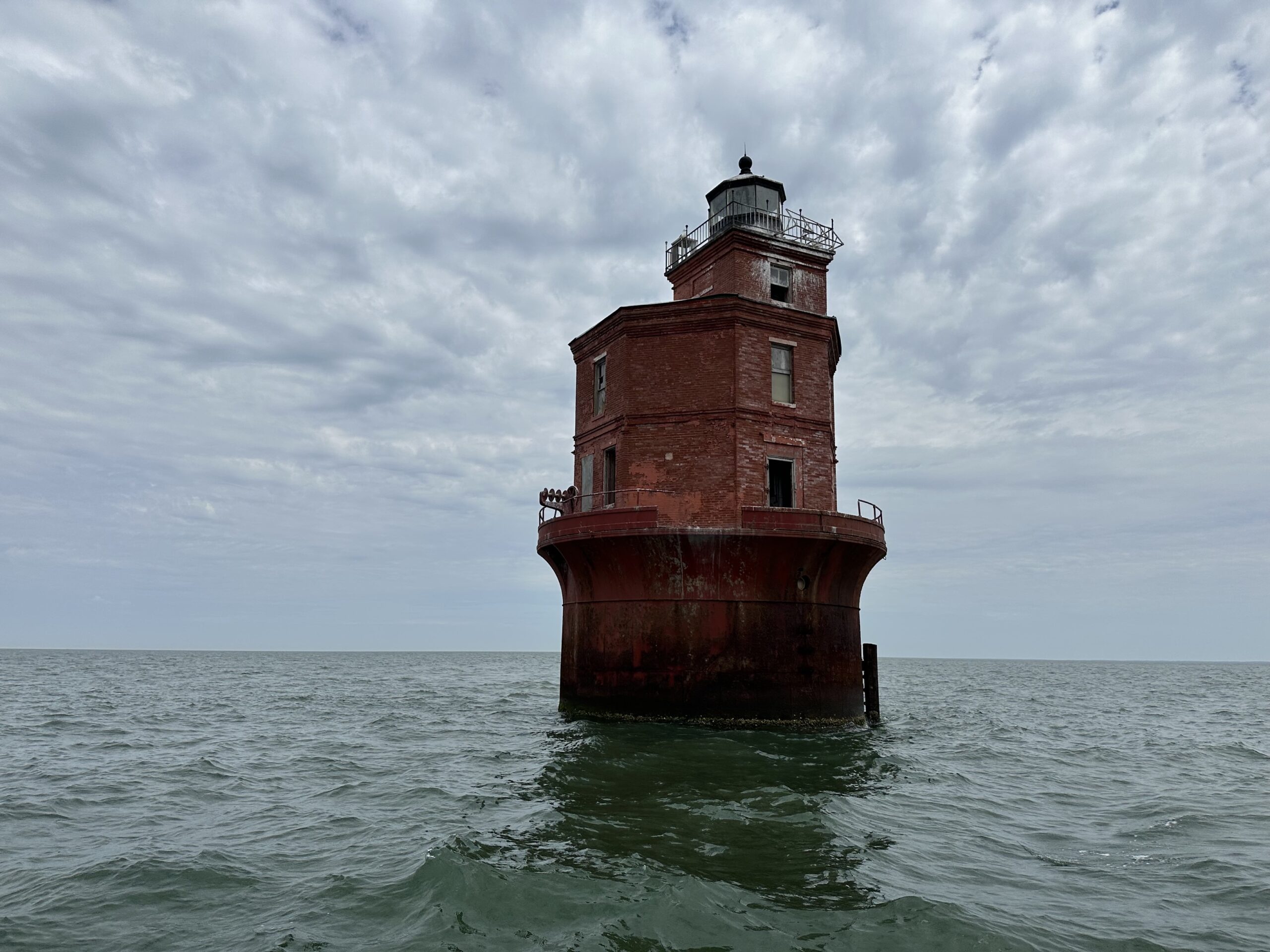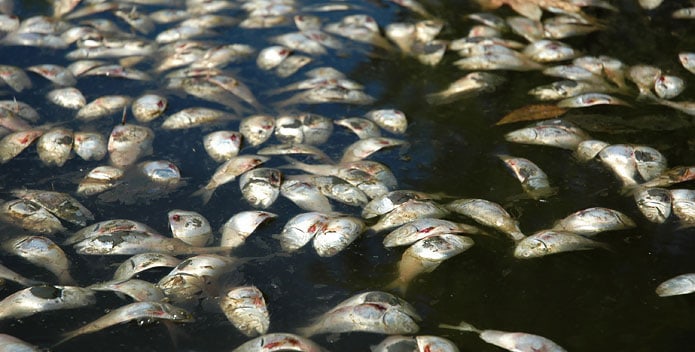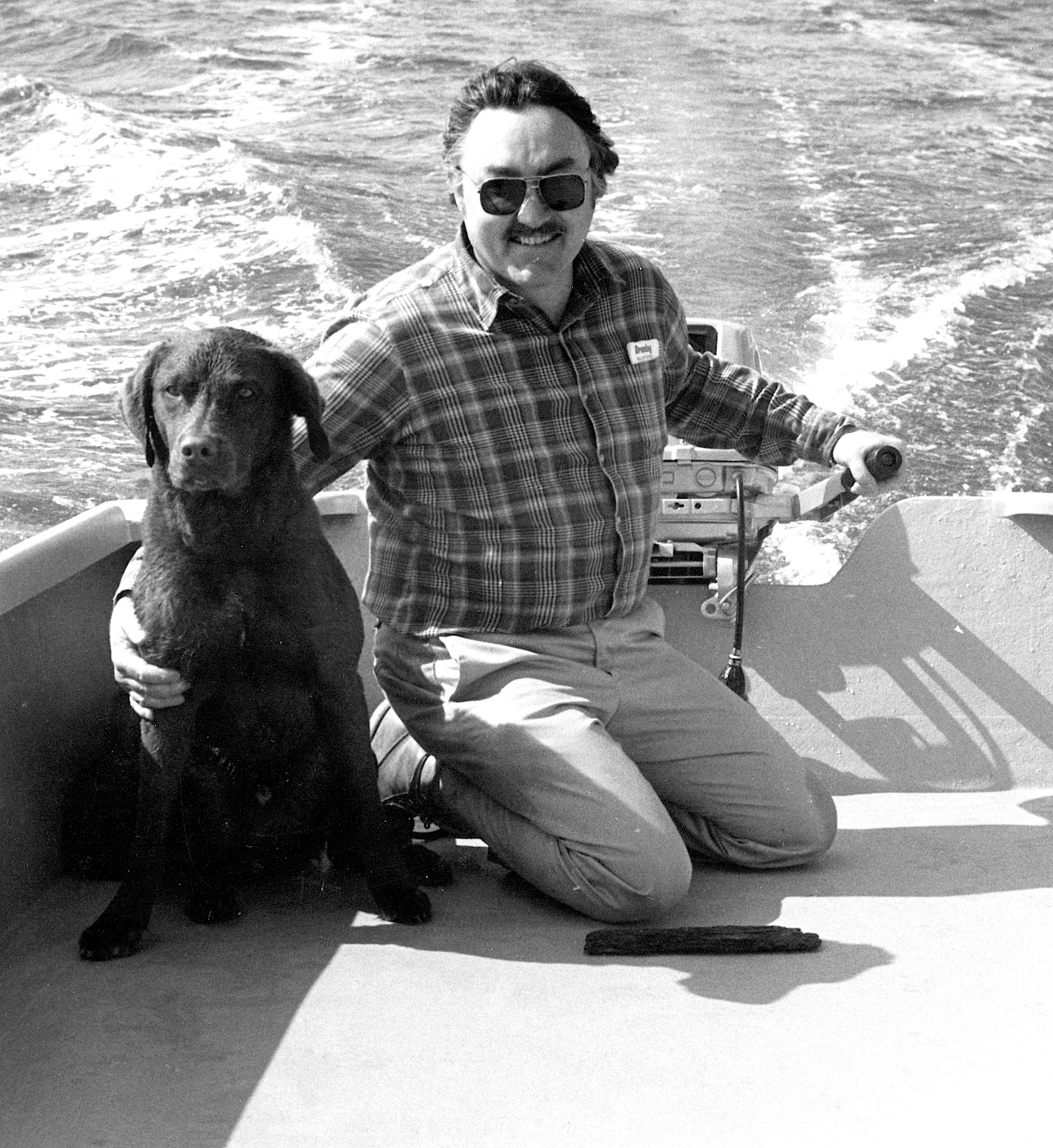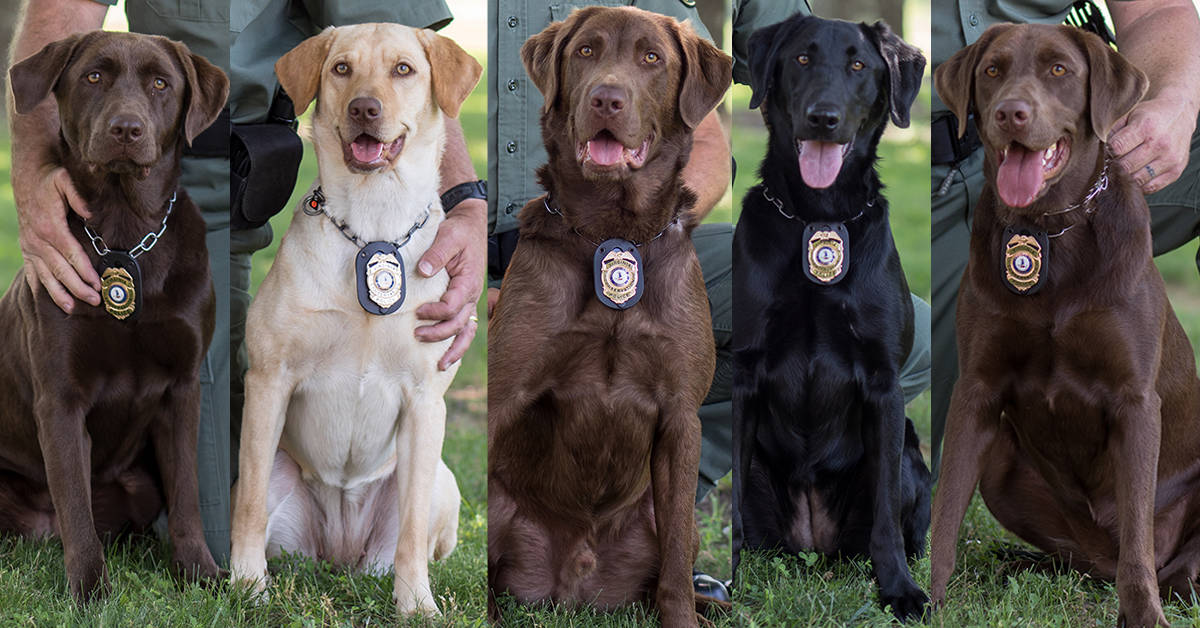When a Pennsylvania paint-blasting business owner bought the remote, run-down Hooper Island Light in a bidding war, people thought he was crazy.
Now, Rich Cucé has bought a second Chesapeake Bay lighthouse in poor condition, and even he says it’s crazy.
Cucé announced in a new video shot from Mathews County, Virginia, that he purchased Wolf Trap Lighthouse from a private owner earlier this year.
The existing iron cassion lighthouse was built in 1894 as a stronger alternative that could withstand harsh conditions like the ice floes that pulled the previous Wolf Trap Light off its foundation and sent it floating down the Bay, according to lighthousefriends.com. Its red coat of paint was added to protect the bricks from corrosive saltwater spray. The lighthouse wasn’t automated until 1971, making it one of the very last manned light stations on the Chesapeake.
We asked Cucé what made him decide to take on this second lighthouse restoration project on top of the first one. He says he found it back in February 2022, for sale on Facebook Marketplace of all places. He ended up buying Hooper Island Light at auction instead.
When Cucé arrived at his sight-unseen Hooper Island acquisition, Bay Bulletin was there with him. He says when he started working on that lighthouse, he thought of Wolf Trap again.
“Even though it is a tremendous amount of work and cost, I figured I am in the lighthouse business now, so I might as well go all in!” he says. “It should be more economical to restore two lighthouses than one, and I combined them into one organization called The Lighthouse Centers for Technology, History and the Environment (thelighthousecenters.org).”
He bought Wolf Trap sight unseen, too, admitting he had some buyer’s remorse before he made a plan to get started.
The Lighthouse Centers aims to “cooperate with groups and individuals to use the lighthouses for a greater good, like preserving the history, promoting new technology and monitoring and creating awareness about the condition of The Chesapeake Bay,” Cucé says. He reasons that having two lighthouses 60 miles apart in the Bay allows them to cover the middle and lower Bay and sends a message that the organization is serious about its goals.
What’s next? Cucé is working on getting docks built on both lighthouses for safe approach. As our reporter, Cheryl Costello, learned firsthand, getting on and off the Hooper Island Lighthouse is a challenge, with conditions Cucé calls unnerving.
He admits that restoring the two lighthouses is too big a job for him and his small business, Blastco. “We are putting together a larger team to help and working on ways to get funding when my personal money runs out.”
Cucé notes that merchandise is now available on the Lighthouse Centers website, which helps raise money for the projects.
You can follow their videos of the progress at both lighthouses (including some tense moments at Hooper Island) on Facebook, Instagram and YouTube.
-Meg Walburn Viviano & Cheryl Costello




